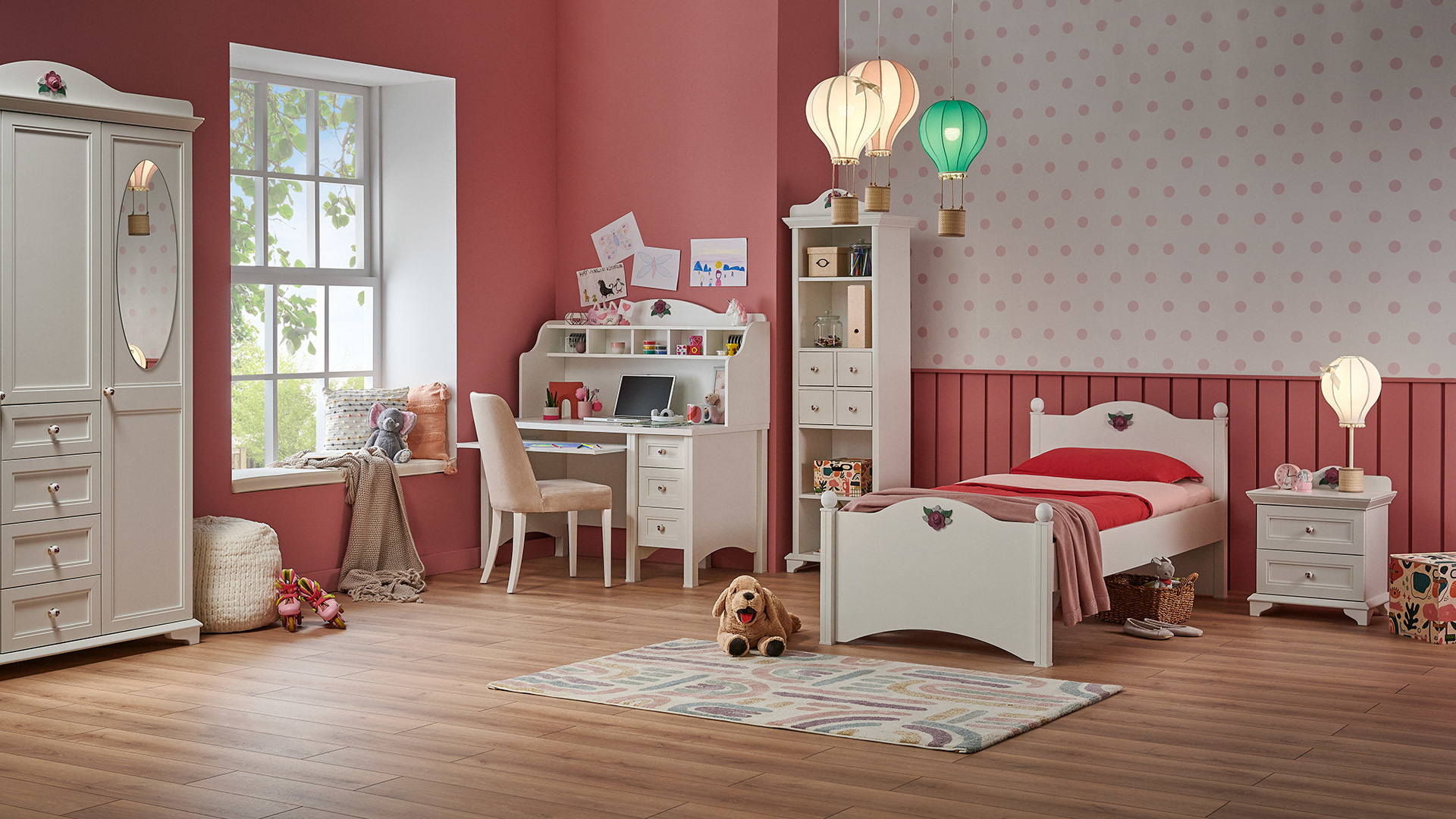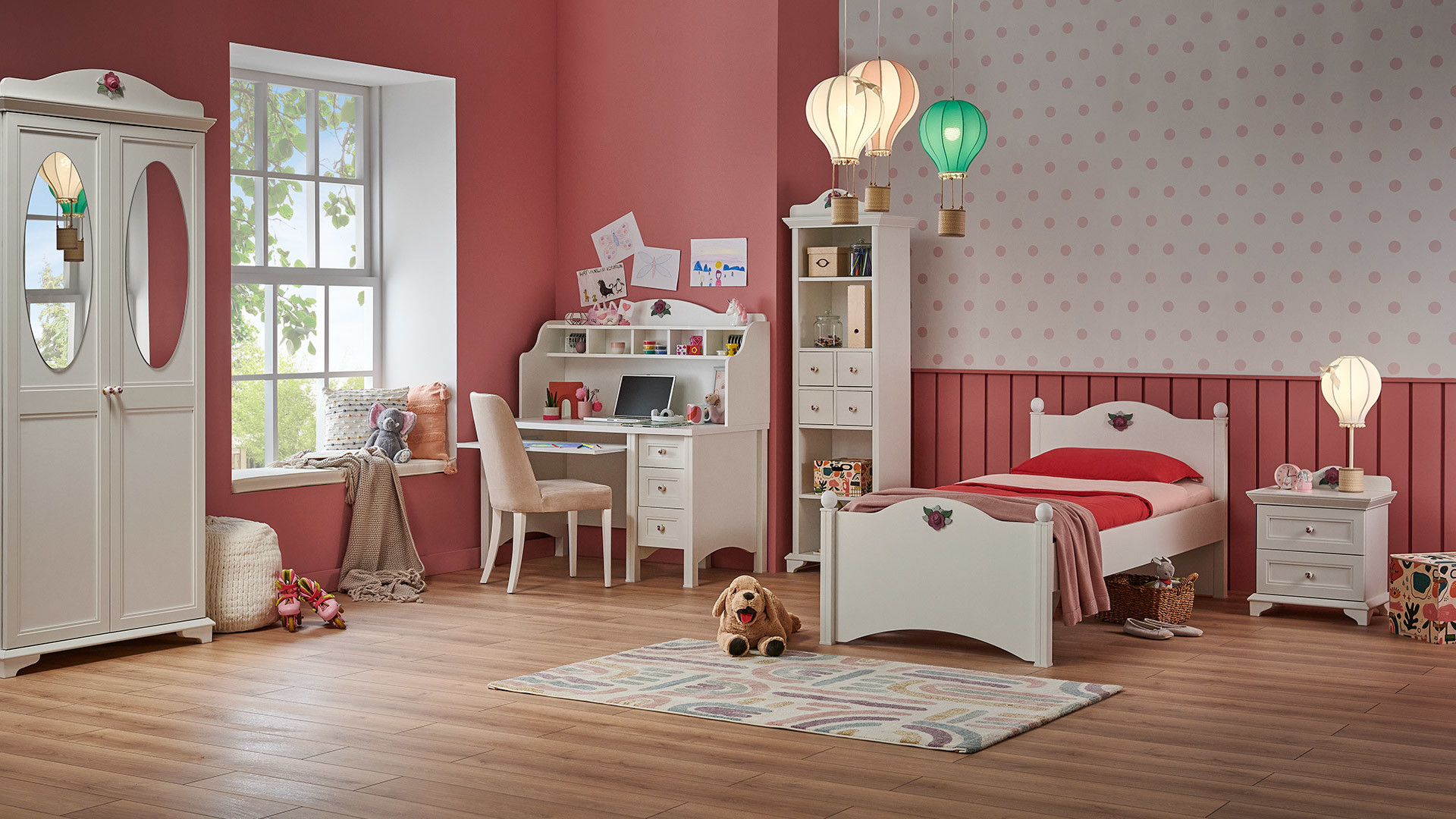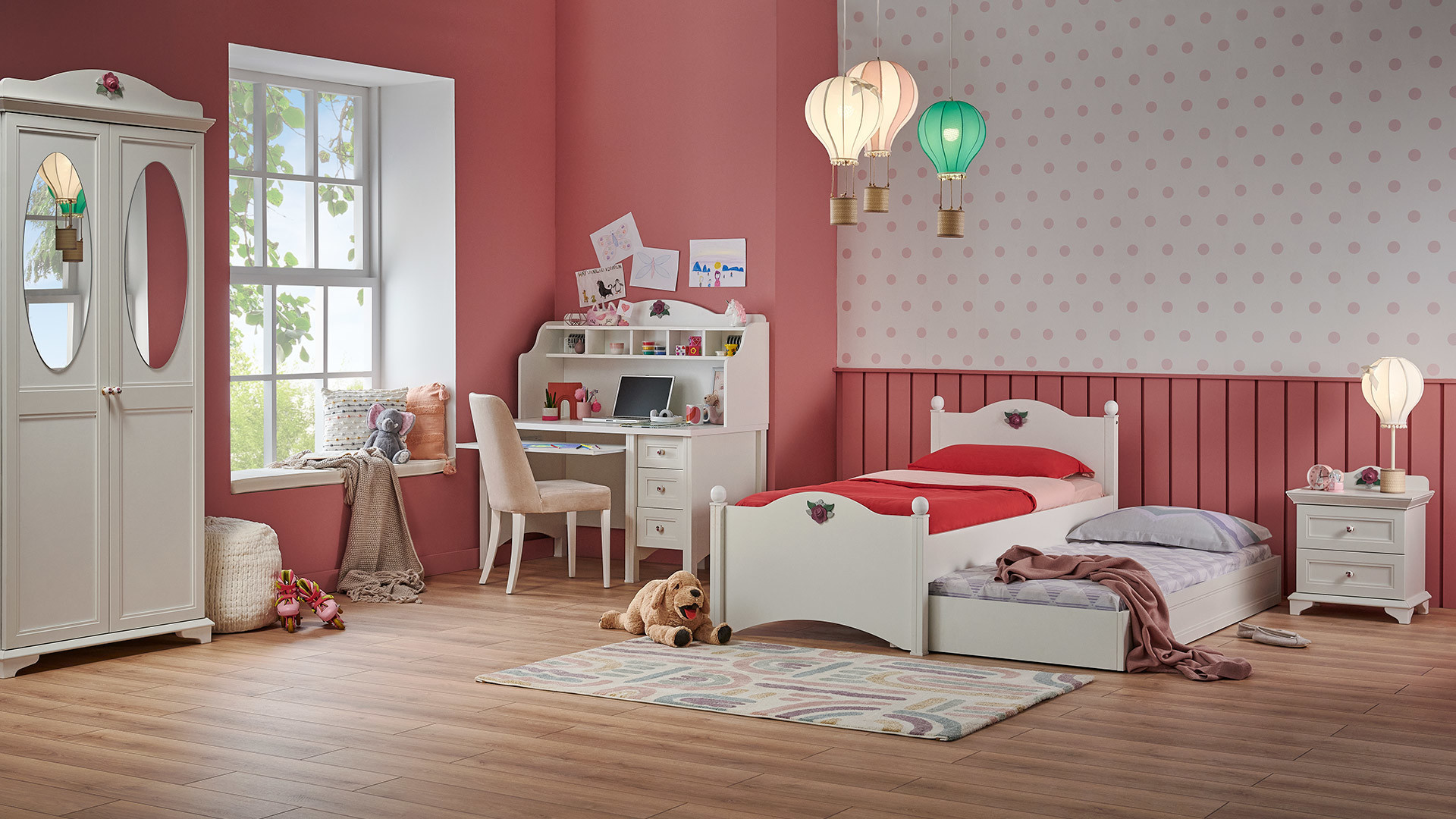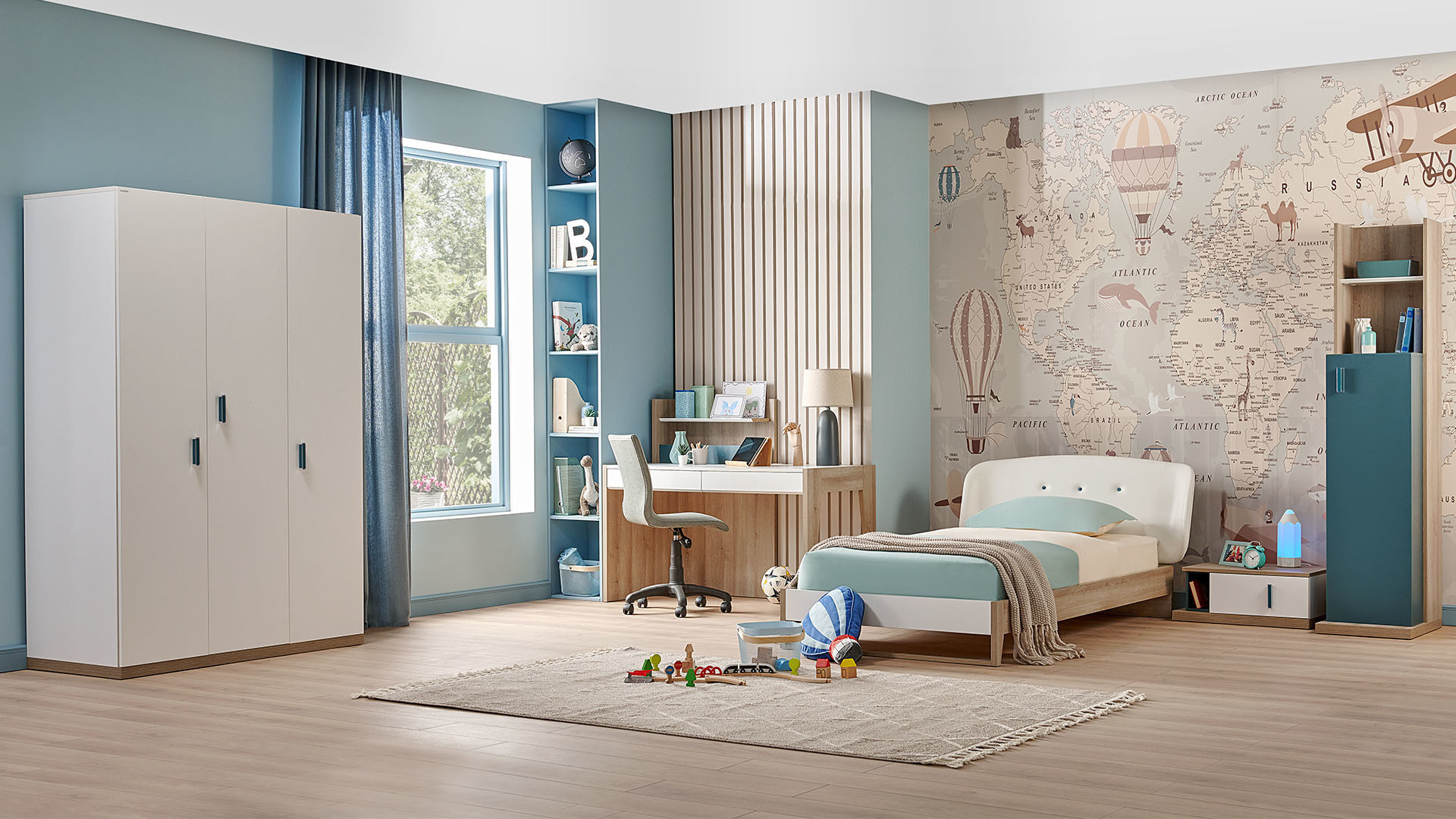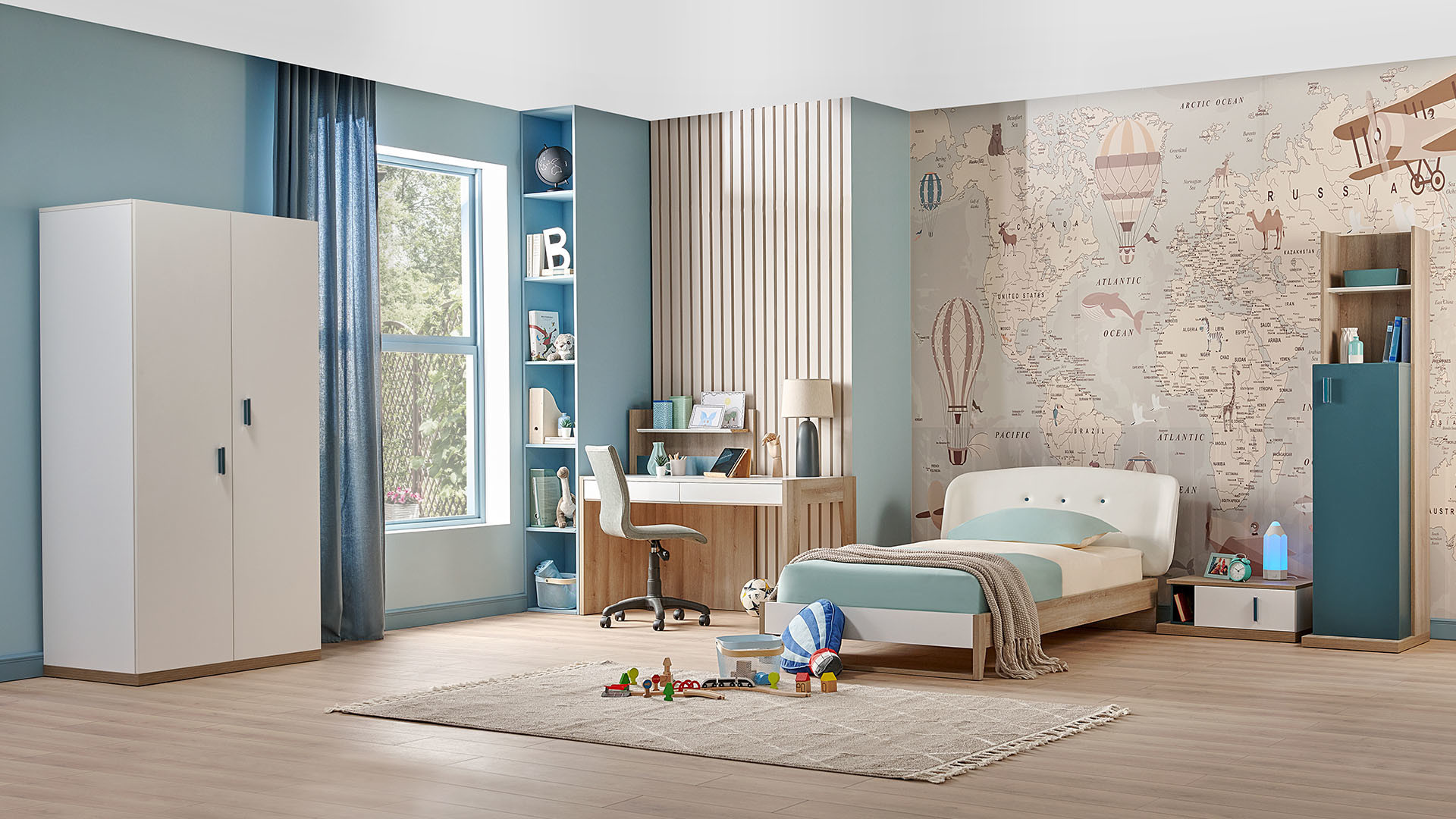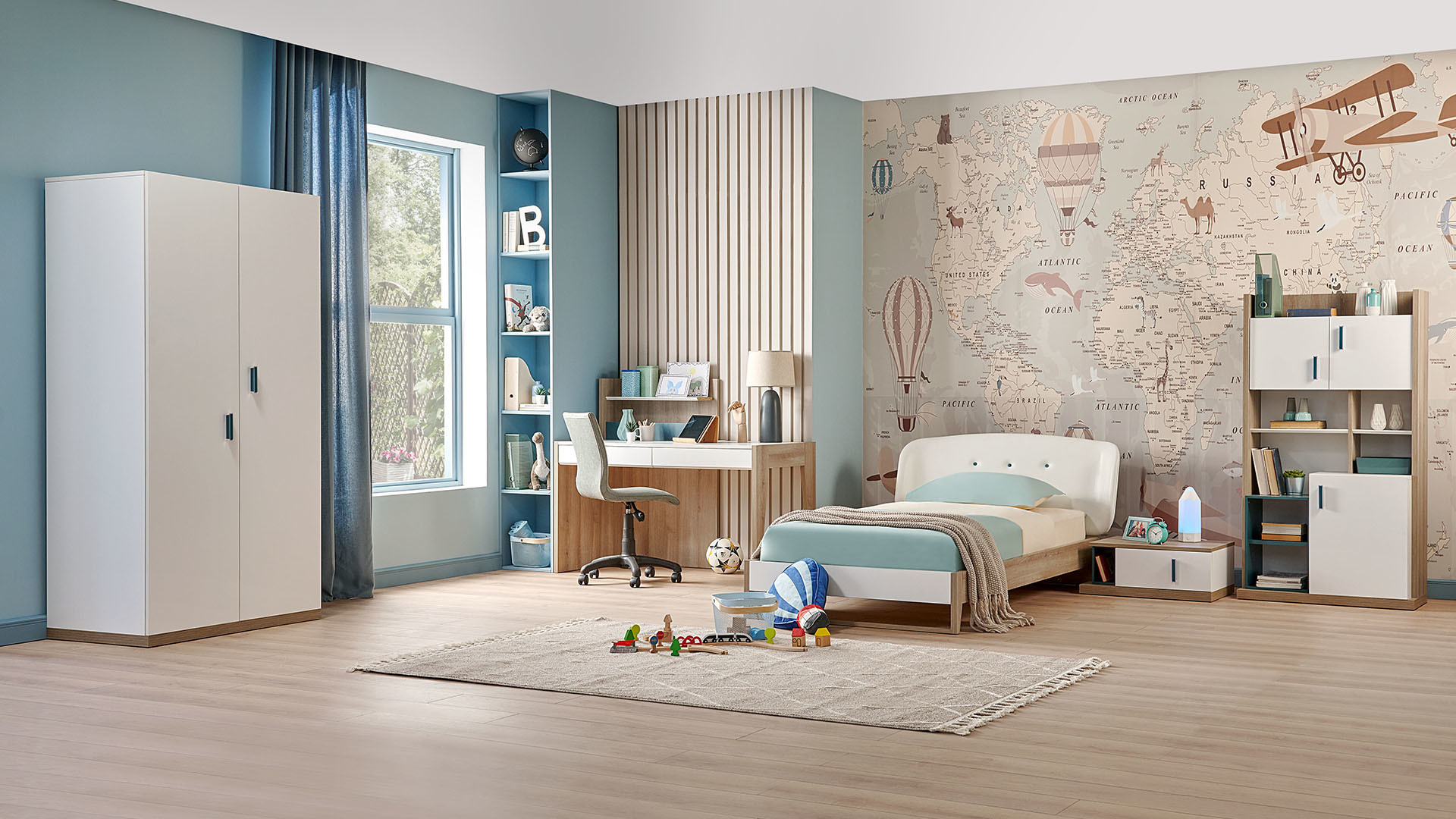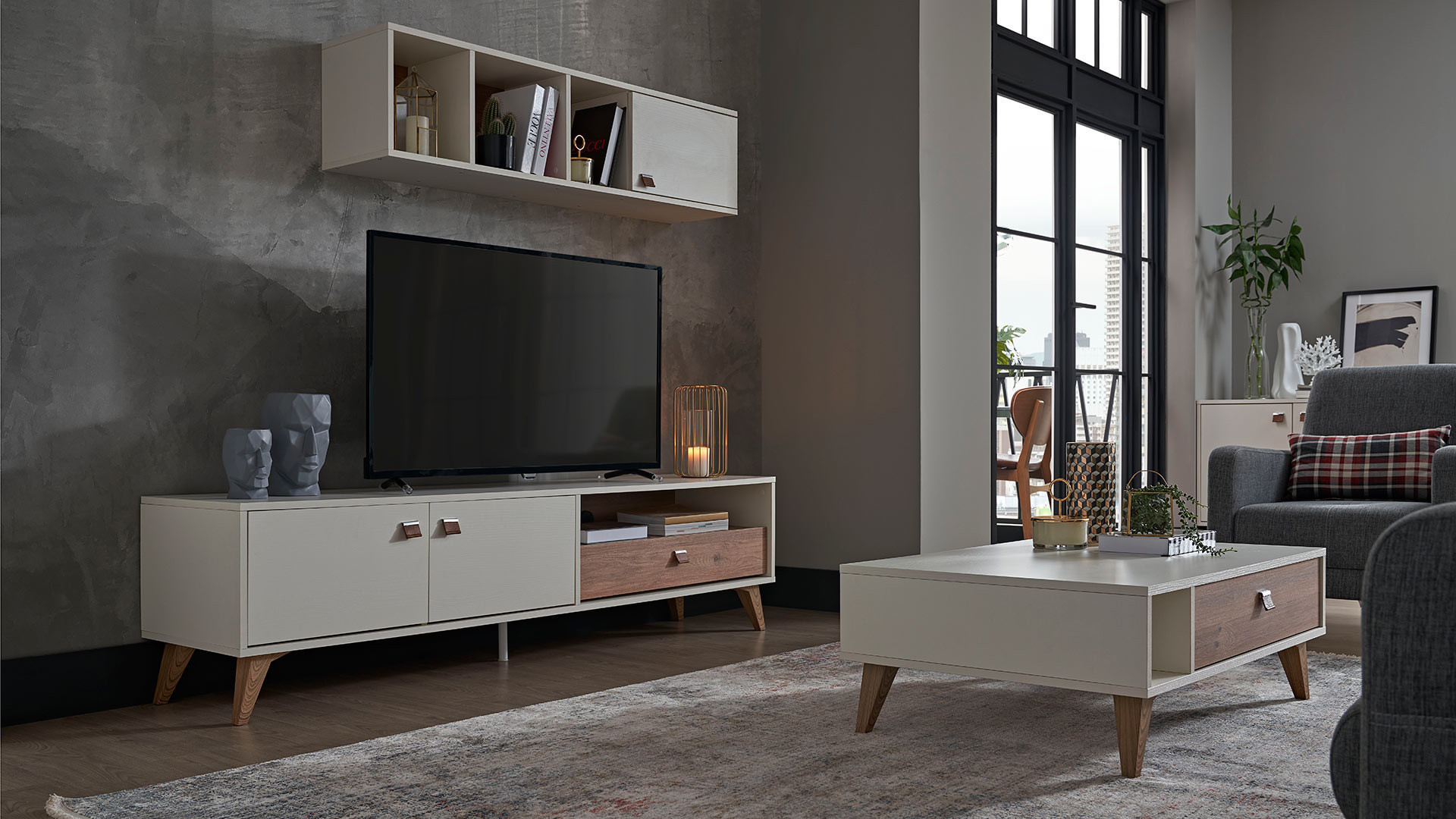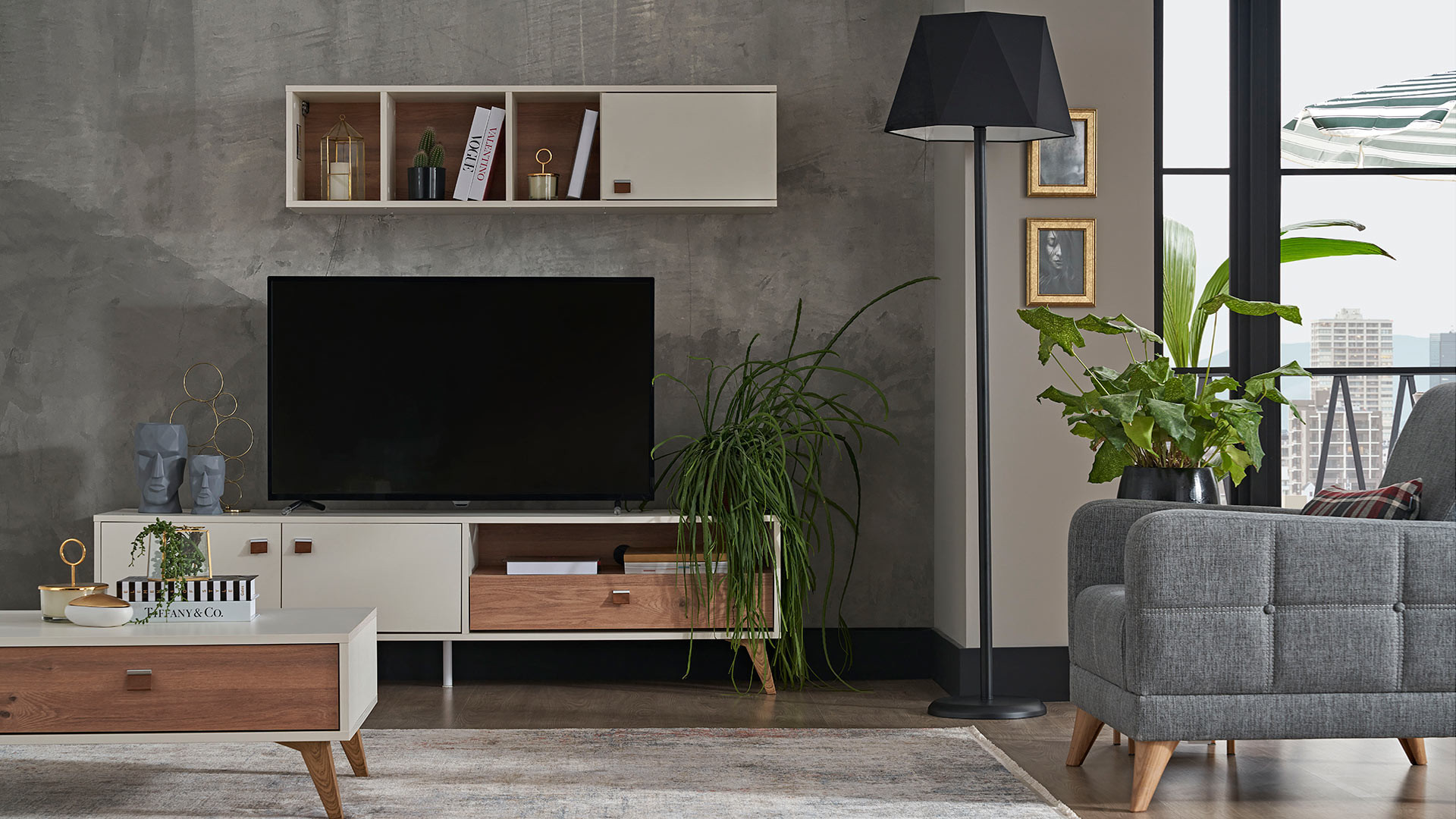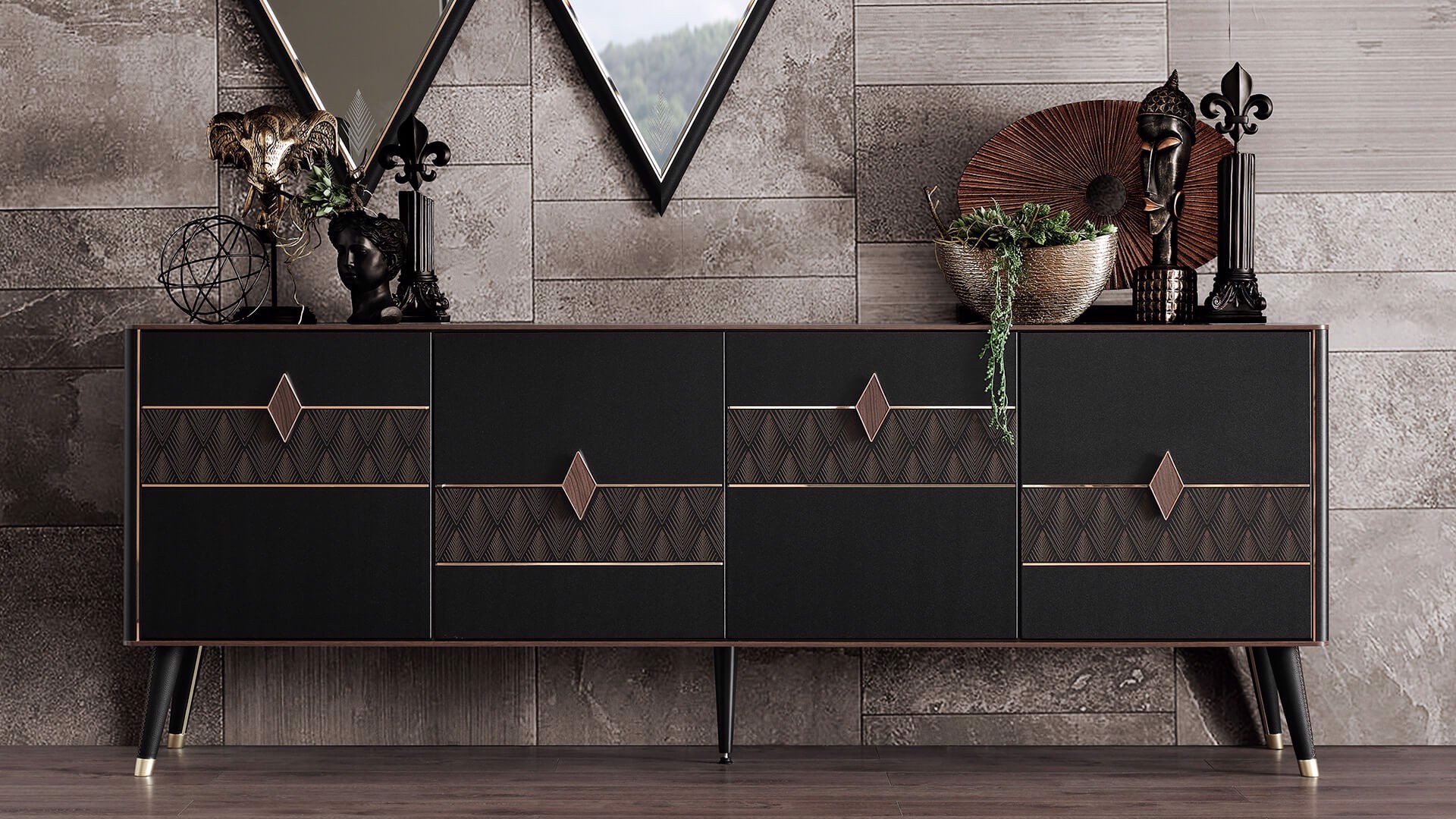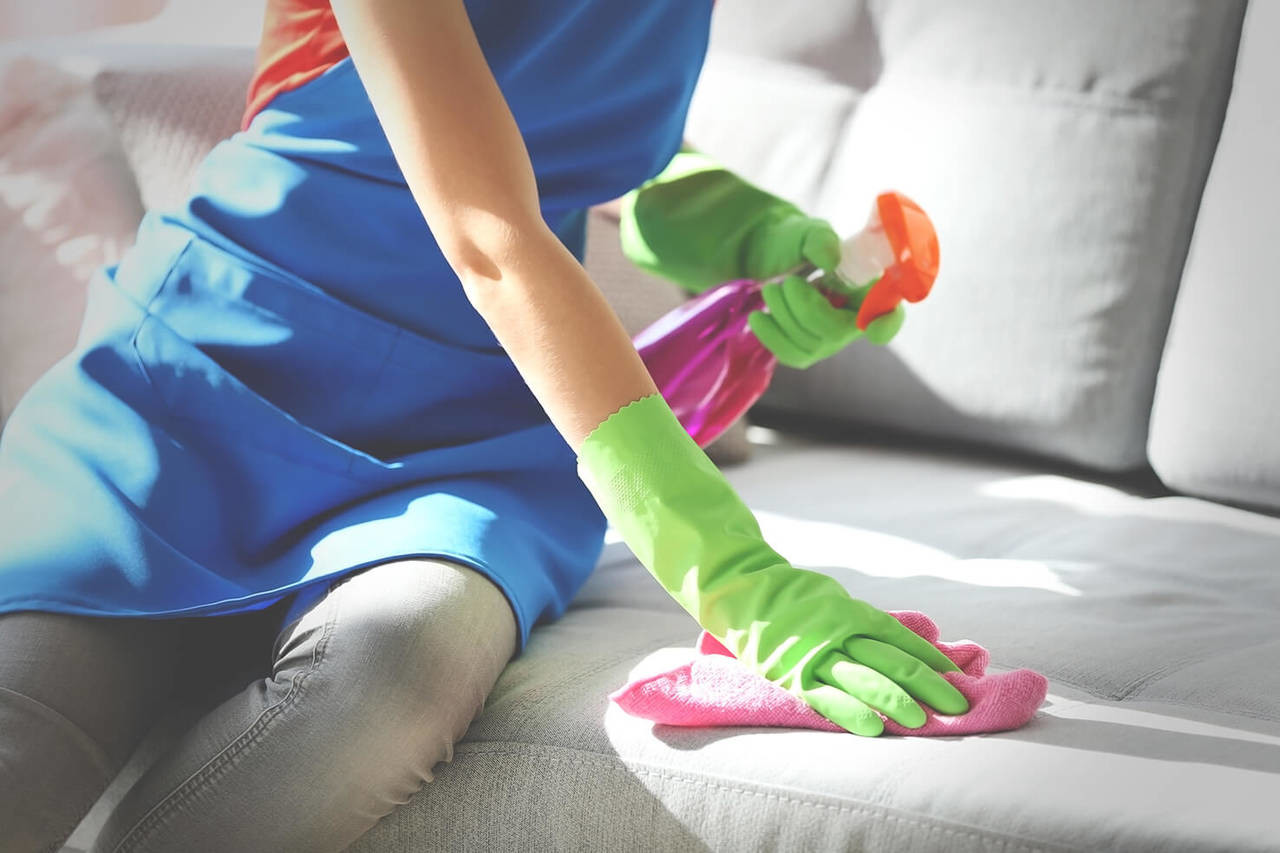
Knowing how to remove mold from fabric furniture is very important as accumulated mold formations may create great problems for the fabrics of furniture over time. Mold can ruin your furniture as it damages the fabric and can cause holes and tears. In addition to these, mold emits an awful smell, creating extreme discomfort.
In this article, we, as Doğtaş, producing the highest quality furniture with the finest fabrics and materials, got into detail on how to remove mold from fabric furniture and gathered useful tips for this common problem.
How to Remove Mold From Fabric Furniture
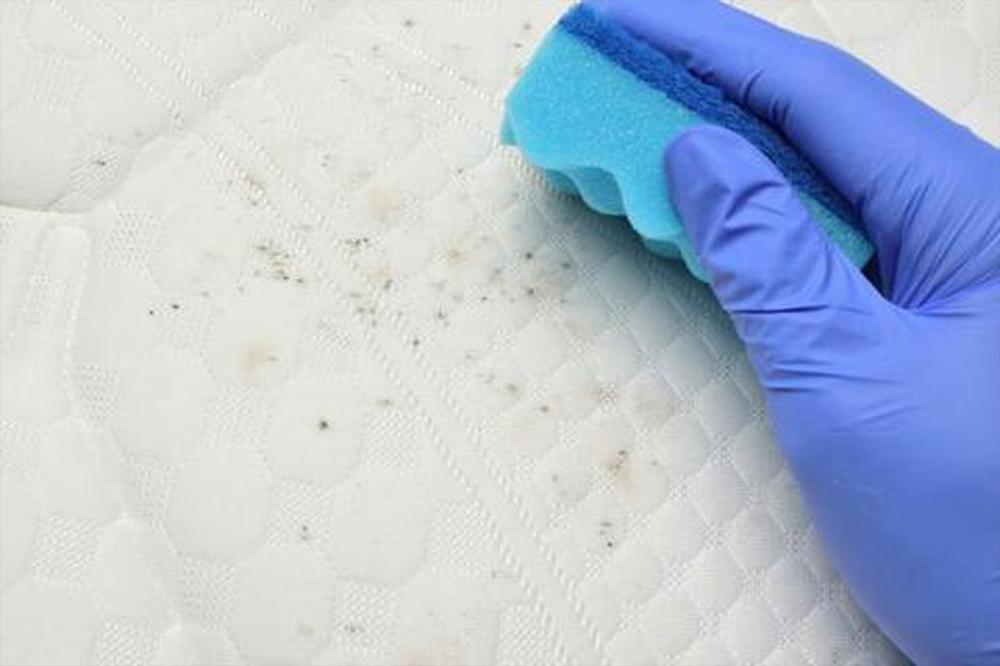
Most of us encounter mold problems in our kitchens and bathrooms, as humid environments are ideal for mold growth. Since this problem is very common, we can think that mold is normal in homes. But there are many potential harms of mold to our health.
Molds do not only look bad but can also trigger many health problems. Mold fungus can have a negative impact on the health of children, elders, people with mold allergy, and patients with weak immune systems.
There are many methods regarding how to remove mold from fabric furniture. Ingredients such as vinegar, salt, clove oil or soap can be used to remove mold from fabric furniture.
However, it is best to know what mold is, its harms to human health and why it forms on the fabrics of furniture before moving to ways of getting rid of it.
What is Mold?
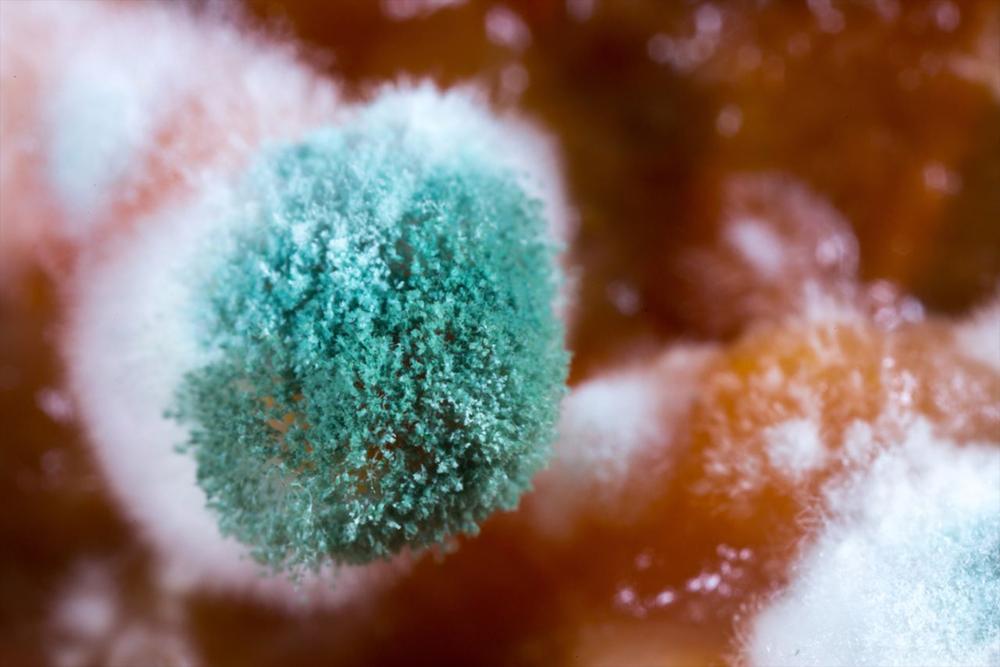
Molds are microscopic fungal organisms having various forms. Molds are formed in wet and high humid areas. Surfaces that are made of organic materials are also ideal places for molds to grow.
Molds are found in almost all types of environments, indoors and outdoors, in all seasons. High temperatures and humid conditions stimulate mold growth. Molds are found outdoors in moist, shaded places that may contain rotting plants. For homes and indoors, molds grow in high humid settings.
When the environmental conditions lose their suitability, the molds spread to other places in the form of spores and start to grow again when they find the ideal conditions.

Mold can be both visible and invisible to our eyes. Therefore, it can be very difficult to detect mold-related problems in our homes. Mold may form and hide in places such as under wallpapers or carpets. Occasionally, it also builds up as invisible stains on walls, fabrics, and other surfaces.
As we mentioned before, the fungus needs moisture in order for molds to grow. For this reason, mold can even be seen on wet laundry. Furthermore, the formations of mold can be noticed in a very short time in cabinets, drawers, and wet clothes inside the bags, which are not exposed to sunlight regularly.
What are The Harms of Mold to Our Health?

Molds are everywhere. So much so that molds can even be in the air we breathe. However, many scientific studies have revealed that diseases caused by increased humidity and mold in the home concern adults as well as infants and children.
Severe Allergies
Regarding mold fungi, allergic complaints and diseases that develop as a result of sensitivity to their spores are considered very common. These complaints can be listed as coughing, wheezing, shortness of breath, asthma, allergic rhinitis, conjunctivitis, and atopic dermatitis.
Lung Inflammations
Another disease formed by mold growth is lung inflammation caused by aspergillus, a type of mold. This is a serious disease and is mostly observed in individuals with suppressed immune systems. Examples include patients who have received chemotherapy and used cortisone for a long time.
Damages to Nerve Cells
Sometimes both allergies and inflammation due to aspergillus coexist. In addition, toxins (mycotoxins) formed by some mold fungi, when inhaled, damage nerve cells as well as the nose canals and windpipes and can cause inflammation. Mold can even create mental health problems such as depression and anxiety disorder as it damages brain cells.
Let’s learn how to prevent and get rid of mold in our homes before going into detail on how to remove mold from fabric furniture.
How to Prevent and Get Rid of Mold in Homes?

Since mold needs moisture to grow, reducing the humidity of the indoor air should be your initial step to take. For this purpose, your house should be regularly ventilated. In addition, it should not be forgotten to open windows in the kitchen and bathrooms while cooking and after taking a bath.
You should not leave your laundry to dry at home. You can use dehumidifiers if you live in a home with high humidity. More attention should be paid to this issue, especially to basements and attics that were flooded before.
You should immediately repair leaking pipes, sinks, and radiators in the house in order to prevent dampness in the room. Also, it is not advised that you keep too many plants in your home.

You should clean moldy surfaces with bleach. However, it should be known that bleach irritates the trachea and initiates asthma attacks. If there is mold on your wooden furniture, it is sufficient to wipe it with detergent and dry it.
Do not lean your furniture completely against the wall, leave a few centimeters of space in between. Thus, by increasing the air circulation, you will prevent the formation of moisture on walls.
Do not forget to use gloves and masks while cleaning the mold. Items such as towels, mats, and rugs that are used in bathrooms and kitchens, places with high humidity and wetness, should not be left wet and should be washed frequently. You should not use these items before drying them thoroughly.
4 Methods to Remove Mold from Furniture Fabric
First of all, you need to reveal the cause of the mold that appears on your furniture fabric. Otherwise, the stain you think you cleaned will reappear. It can be humidity, heat, insufficient air circulation, or darkness.
The first step in cleaning mold on furniture fabric is to remove the mold from the fabric. In order to prevent inhaling the mold, you should put the remnants you take from the fabric surface in a trash bag immediately, close the bag and throw it away.
1. Use Vinegar
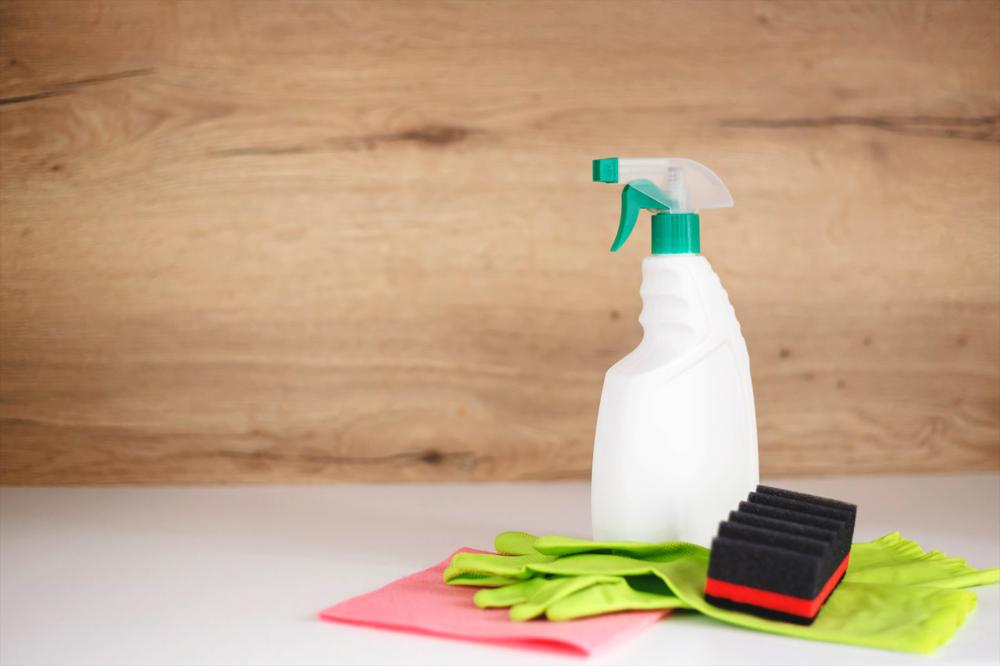
You can use vinegar comfortably to clean the mold. Apple cider vinegar may be more effective, especially if you are going to use it for furniture fabrics. The acids in vinegar are an effective remedy against mold. However, be careful that the cleaning brush or cloth you use while cleaning your furniture’s fabric with vinegar is not too hard.
Paying attention to this helps to protect the fabric from both scratches and abrasions.
After cleaning the mold with a brush with the help of vinegar, you should clean the surface with a soft cloth dipped in vinegar. Light circular movements should be used while cleaning the fabric. Keep in mind that cleaning the fabric of your furniture with vinegar prevents mold growth in general.
2. Use Carbonated Water or Baking Soda
If vinegar is not available, you can alternatively clean mold with carbonated water. On the dirty surface where carbonated water is poured, the mold will swell and rise to the surface thoroughly. Using baking soda also prevents the growth of mold and helps to clean it.
3. Use Liquid Soap
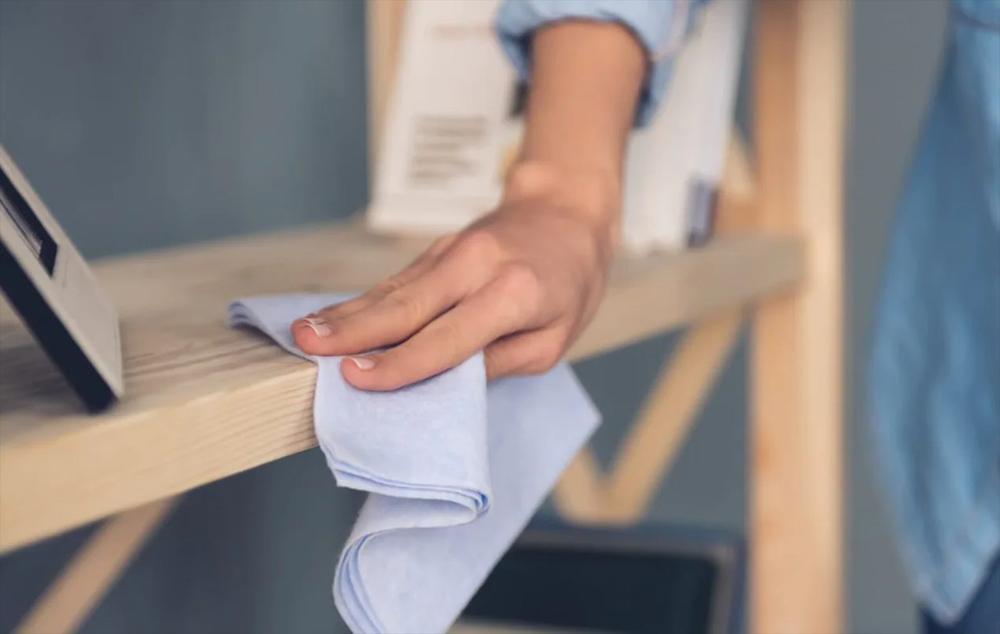
You can mix water with liquid soap and use the same techniques as cleaning with vinegar. Liquid soap removes mold but it is not guaranteed that it prevents mold growth afterward. We advise you to use this method for fabrics with little mold as liquid soap is a gentler cleanser.
4. Use Clove Oil and Salt
You can mix three drops of clove oil, one tablespoon of vinegar, and half a liter of water. Clean the mold on the fabric with this mixture and sprinkle a thick layer of salt on it. Let it dry overnight and clean it with a vacuum the next day. It is safe to repeat these steps until the mold is completely removed from the fabric.
Besides, click here to read our tips to clean a messy house!
